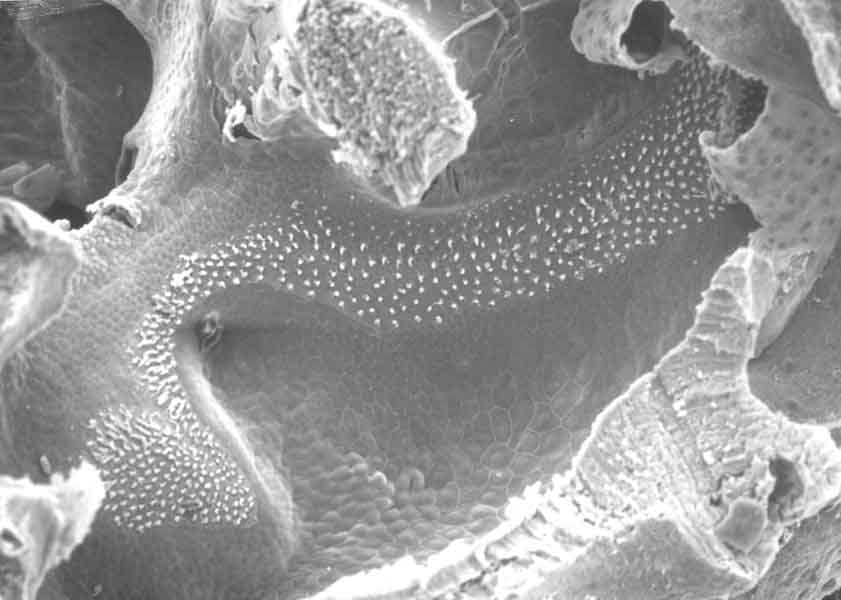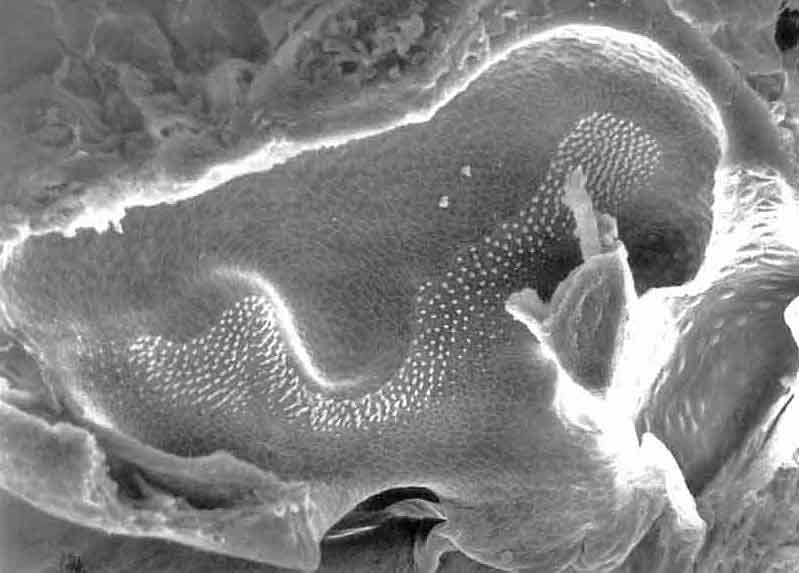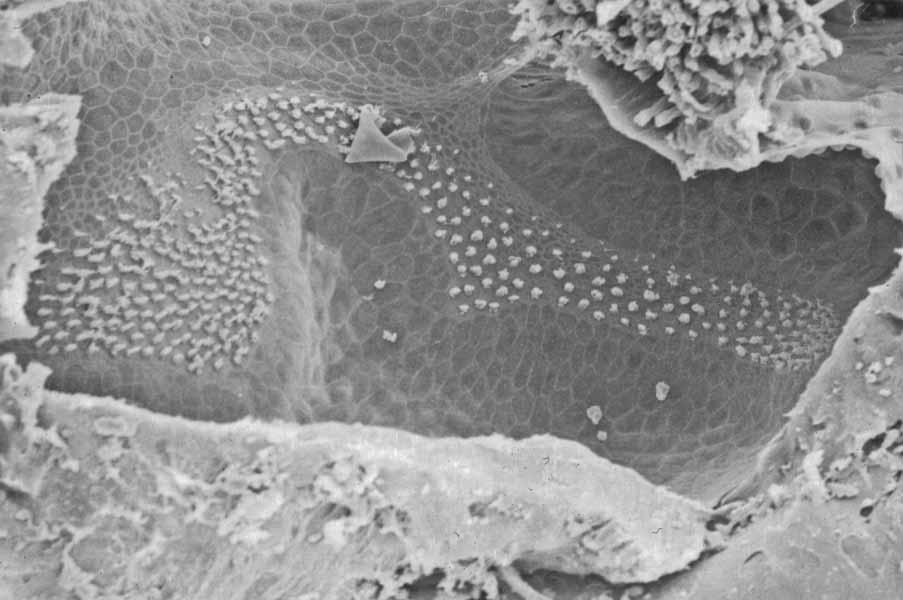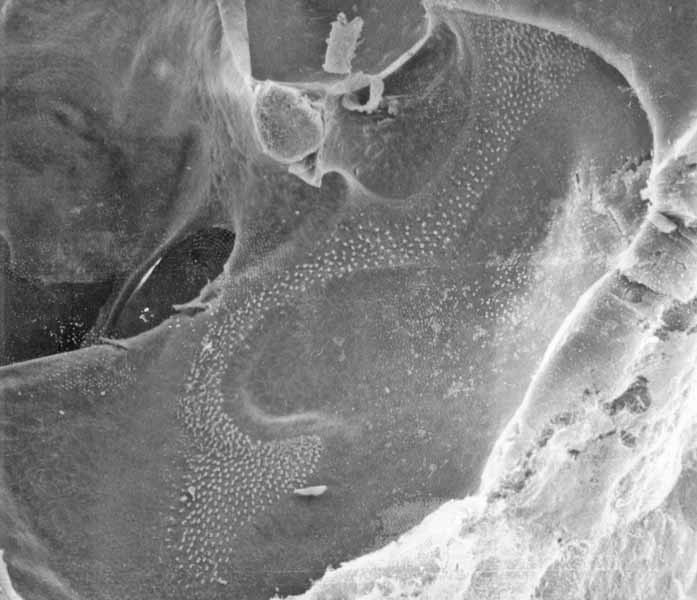| back to comparative morphology | Ancient frogs | Hylids part I | Bufonids part I | Bufonids part II | Ranoides part I |
Eleutherodactylus |

|
Hyla cinerea |

|
Dendrobates auratus |

|
Leptodactylus |

|
|
Dendrobates auratus |

|
Leptodactylus |

|